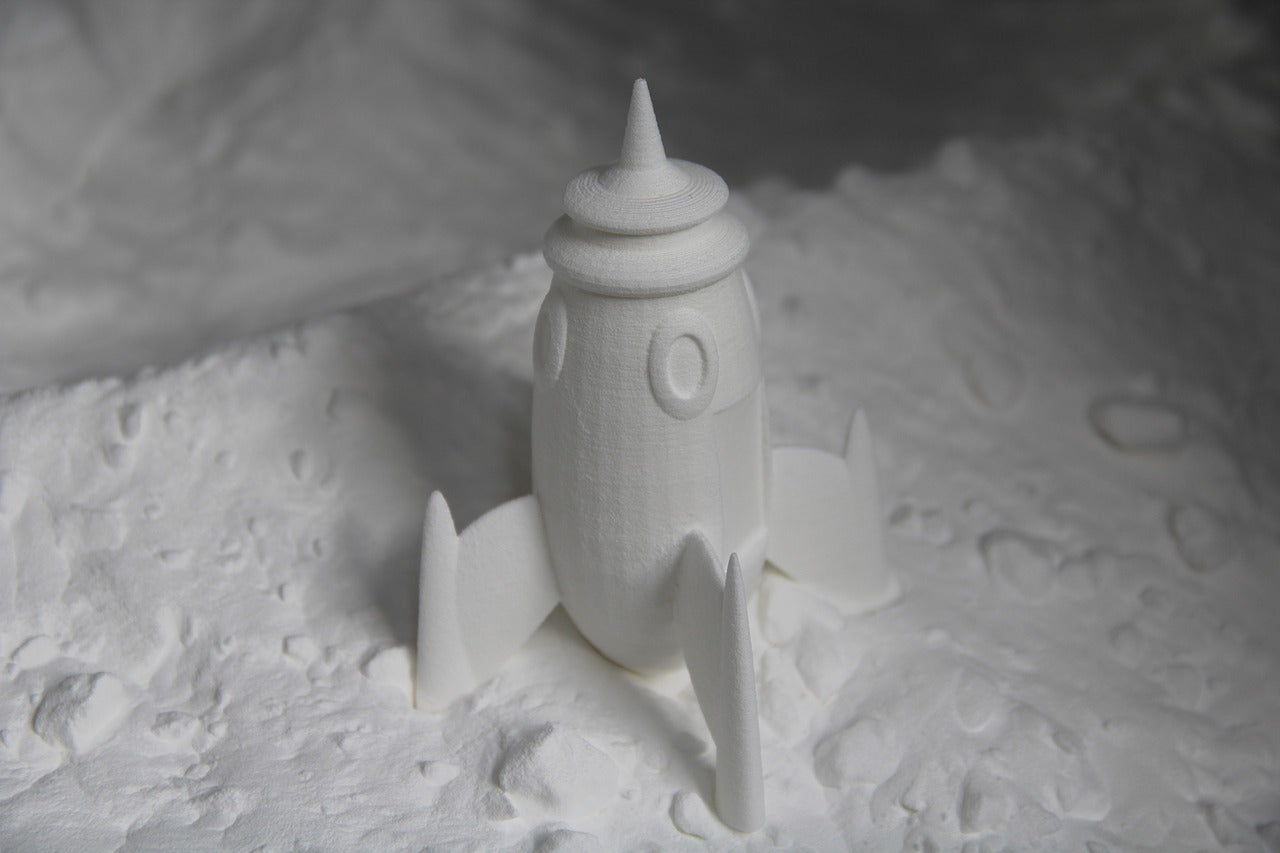
Bonding 3D printed parts is a necessity especially if your model doesn’t fit the build plate and you have to break it up into several sections. 3D prints don’t always come out the way you want it to. Sometimes, there may be uneven surfaces and irregularities that will make it difficult to stick 3D printed parts together. When this happens, here are five simple ways to glue 3D printed parts together.
Secret #1: Bonding 3D printed parts with adhesives
Yes, you read it right. Sometimes, all you need to attach 3D printed parts together is glue. However, you would need to roughen up the surface that will be glued in order to make the adhesive to adhere more and give a stronger bond. You can use any grit sandpaper on the surface until you notice that it has become dramatically rougher than the clean sides.
You can use superglue for most types 3D printing filaments (such as PETG, PLA, and ABS). On the other hand, flexible 3D printing filaments such as TPU, TPE, and nylon don’t take well to superglue.
You have to be extra careful in aligning the 3D printed pieces correctly since superglue can make the parts stuck together permanently. Accidental drips on the clean sides will also stay there, with no way of removing them. You can try sanding out the drips, but you have to keep in mind that the surrounding areas will be sanded as well, making the drip even more obvious.’
Another thing you can try is 5-minute epoxy. However, it can only be used on back seams and internal parts that will not be visible or will be concealed by another part.
Secret #2: Bonding 3D printed parts with 3D Pen
Remember how superglue doesn’t work well on flexible filaments? The best way to stick flexible parts together is through welding with the use of 3D pens. All you need to do is plug in the pen and wait until it is warm. You can then melt the two sides that will be attached together. You can also use a filament to fill the craters or use it as glue.
Secret #3: Bonding 3D printed parts with solvent
We’ve mentioned before how acetone can transform the surface of ABS and PLA prints and make it glossy. Acetone is also a key ingredient to welding two ABS and PLA parts together. You can find it in hardware stores and drug stores. Use a natural brush to paint the acetone on the surface and press the two parts together firmly. It takes a few minutes to a couple of hours for the parts to be bonded together, depending on the surface area and the amount of acetone used.
With HIPS filaments, you can use limonene.
Secret #4: Bonding 3D printed parts with friction
We’ve all learned in school that friction can create heat and eventually fire. This is also true with 3D printed parts, just the heat part though. If you have a Dremel tool, you can insert a filament where the drill bit usually goes. You can then increase the speed and apply light pressure on the surface that you want to stick.
Secret #4: Bonding 3D printed parts with fillers
For large gaps and discrepancies between the two parts, you can use fillers. However, since applying this will make your print look unsightly, you should only use this if you’re planning to finish and paint them.
You don’t have to feel apprehensive about creating larger 3D prints as joining parts together is as easy as 1-2-3. If you are in need of 3D printer filaments to create your jumbo prints, take advantage of our “Buy 4, get the cheapest for free” promo on our very own X3D Pro filaments. For inquiries regarding orders or filaments to use, call us at 08 6380 7488.

